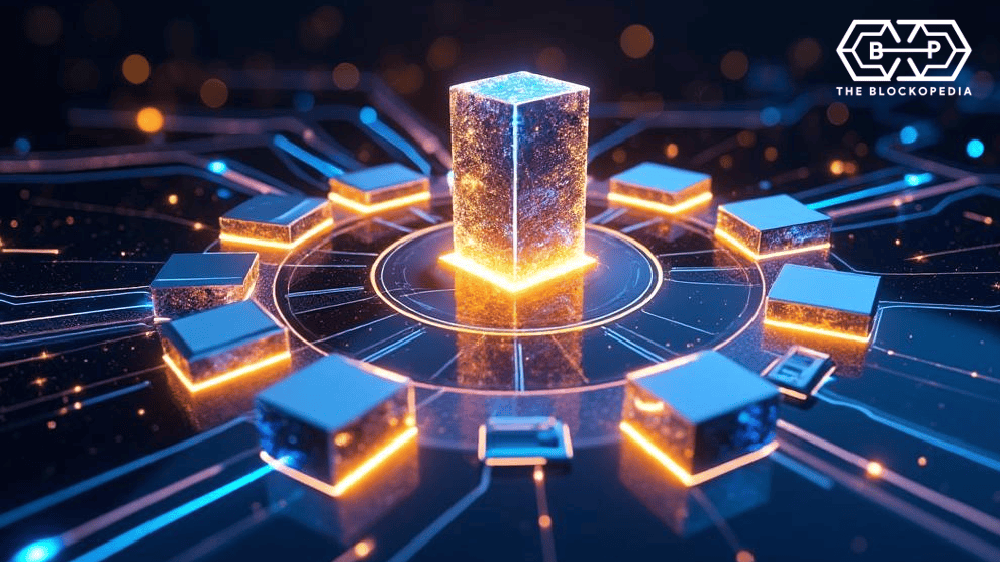Magic Eden’s Revenue Allocation Strategy
Magic Eden has made a significant announcement that’s getting attention across the NFT space. The platform revealed it will now use 30% of its secondary marketplace revenue to fund automatic buybacks. This isn’t just a temporary promotion—it’s built into their ongoing business model.
I think what’s interesting here is the direct connection between platform performance and user benefit. When Magic Eden earns money from secondary sales, nearly a third of that revenue gets cycled back into the market through these purchases. It creates a sort of feedback loop where platform success potentially translates to asset value support.
How the Buyback Mechanism Works
The process is automated, which means it happens continuously rather than in scheduled bursts. As transactions occur on the secondary market, a portion of that revenue gets allocated to buying back assets. This approach differs from some other platforms that might focus more on fee structures without this direct value return.
But here’s where it gets tricky—market conditions can influence how effective this strategy proves to be. If trading volume drops significantly, the buyback pool shrinks accordingly. The platform will need to monitor these trends closely to maintain consistent impact.
Potential User Benefits and Market Impact
For collectors and traders, this could mean several things. Reduced supply of certain assets might create upward pressure on prices, particularly for popular collections. There’s also the psychological aspect—knowing a platform is actively supporting its ecosystem can build confidence during volatile periods.
However, I should note that not all assets will benefit equally. Some collections might see more significant effects than others, depending on trading patterns and platform focus areas. It’s probably wise to keep expectations realistic about how quickly or dramatically this might affect specific holdings.
Considerations and Market Context
While the initiative shows Magic Eden’s commitment to user value, it’s worth remembering that buybacks are just one factor in a complex market. External conditions, broader crypto trends, and individual project fundamentals still play major roles in asset performance.
The move does set Magic Eden apart from some competitors who haven’t implemented similar revenue-sharing models. It might encourage other platforms to consider how they can better align their success with user benefits.
What I find notable is the transparency about the percentage allocation. Thirty percent is a substantial commitment, and being specific about the figure helps users understand the scale of the program.
As with any market development, it’s probably best to watch how this plays out over time rather than making immediate assumptions about its impact. The NFT space continues to evolve, and initiatives like this contribute to that ongoing development in interesting ways.
![]()



